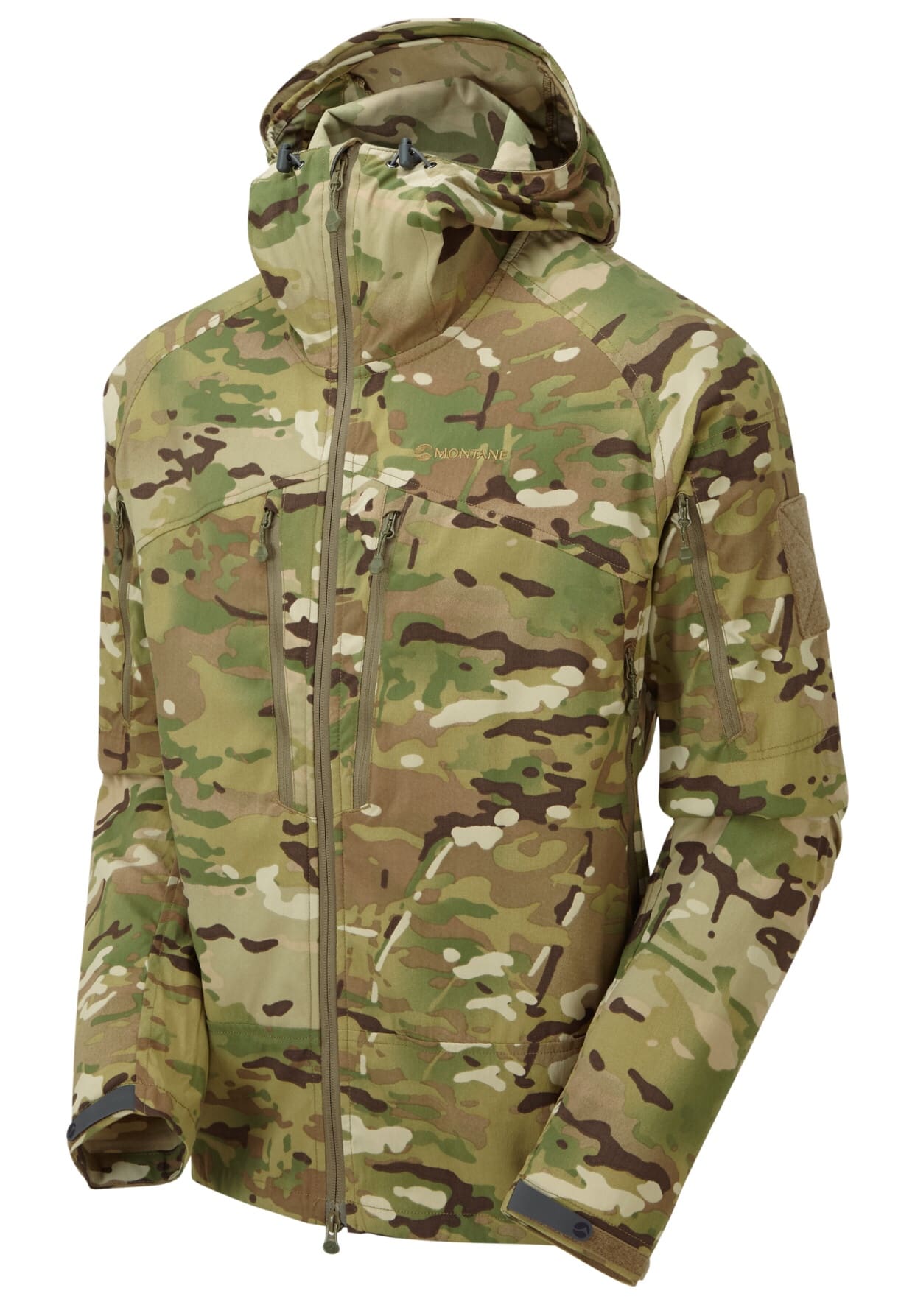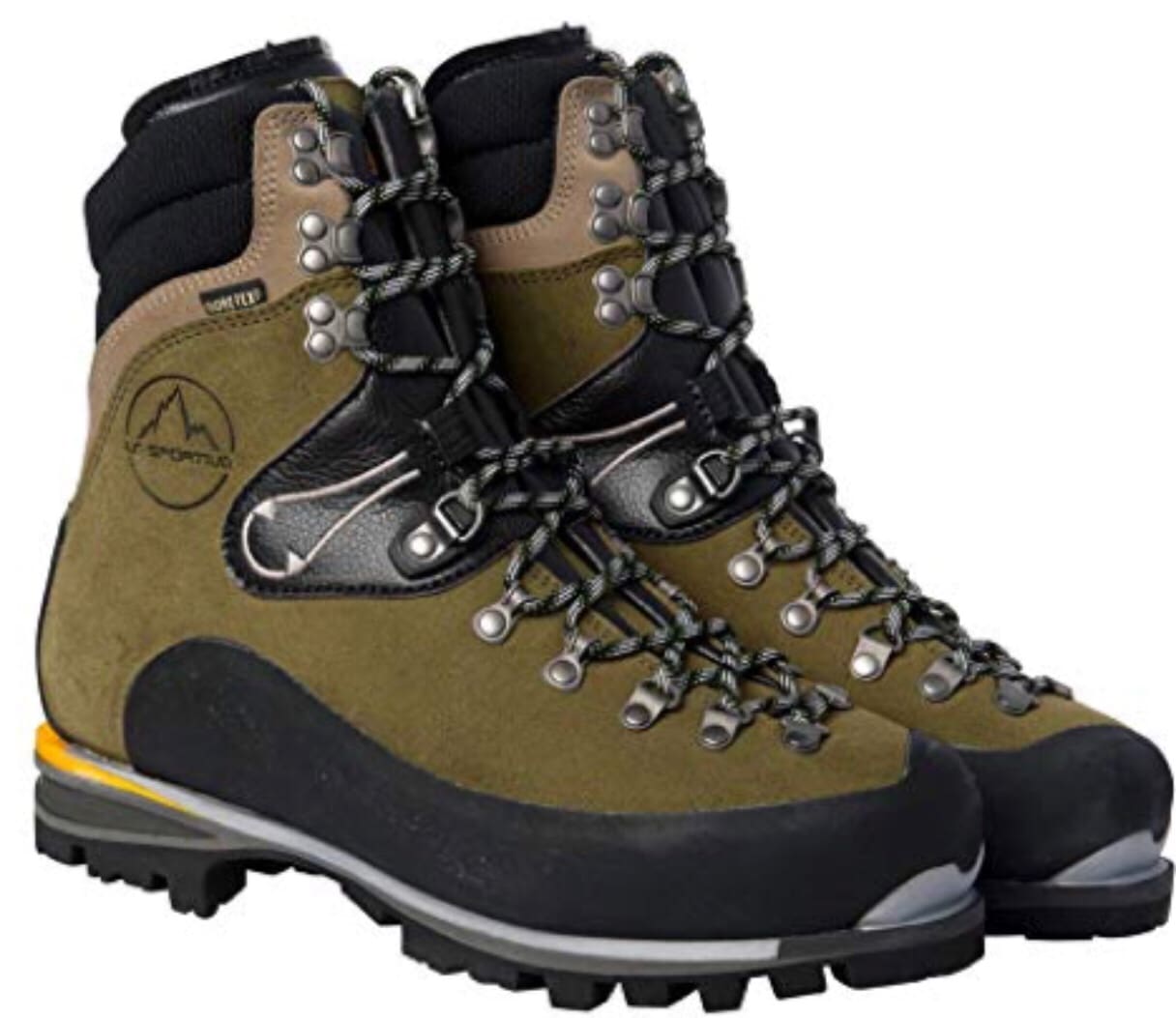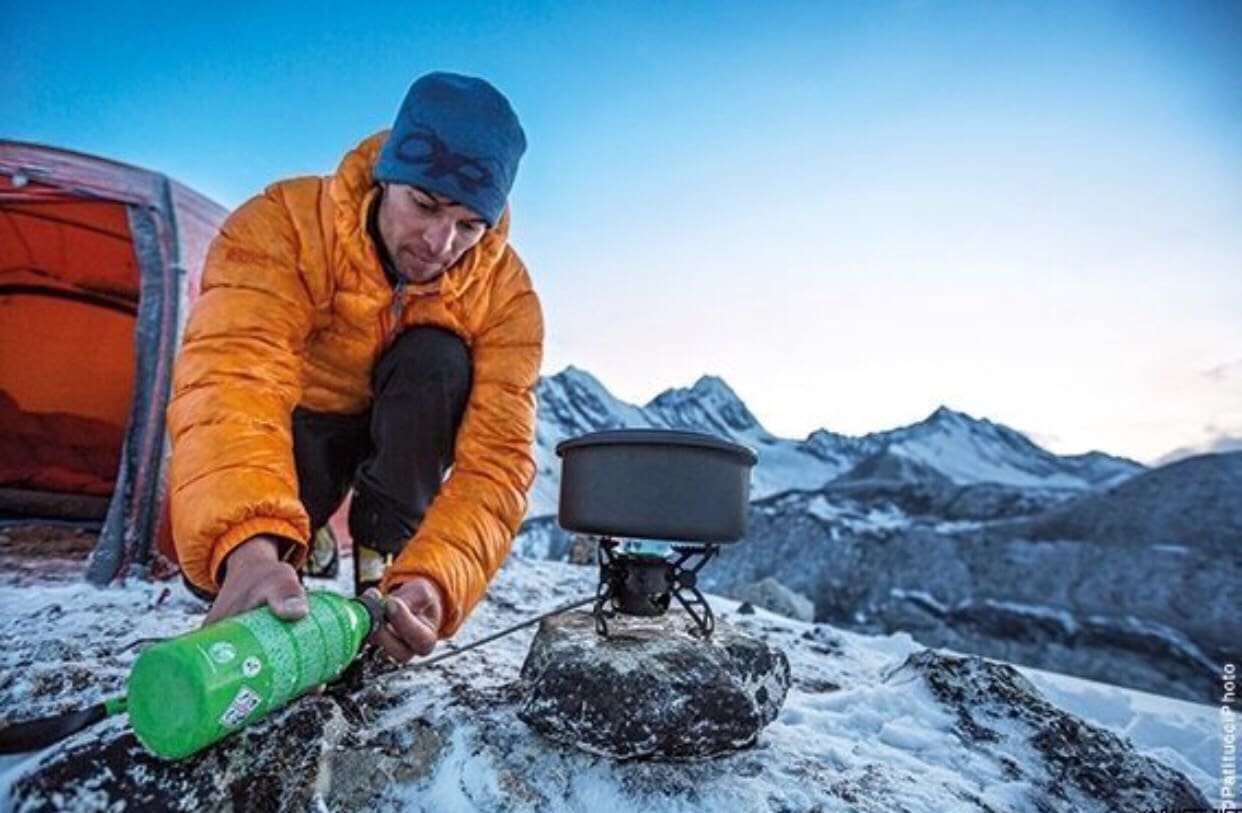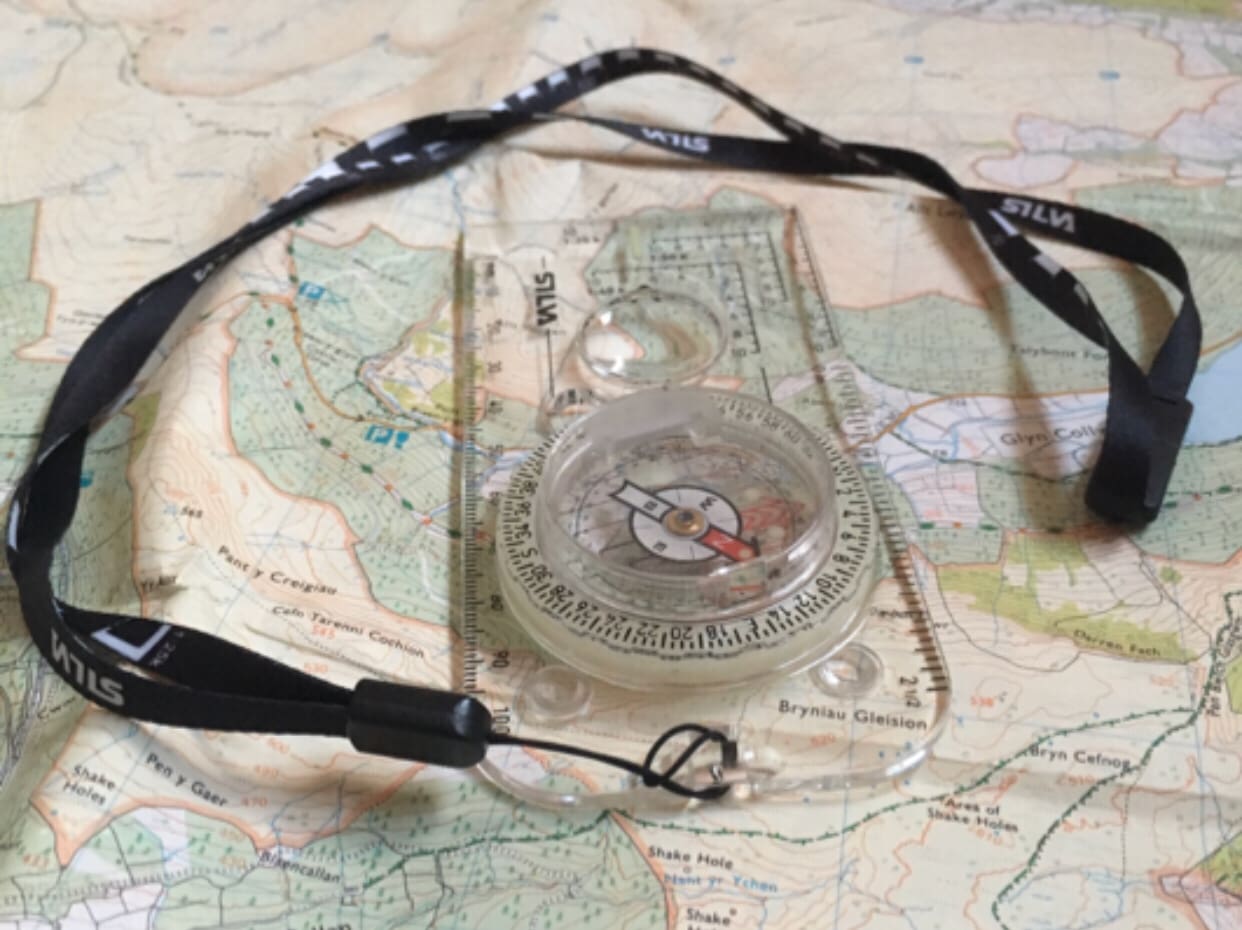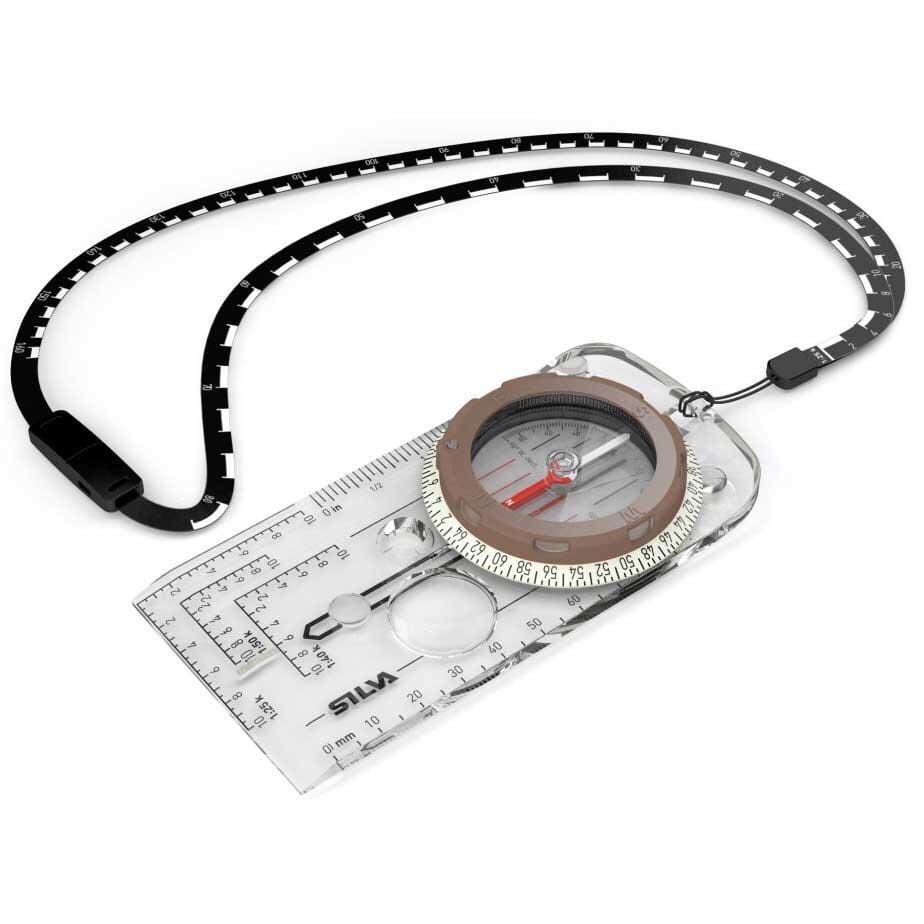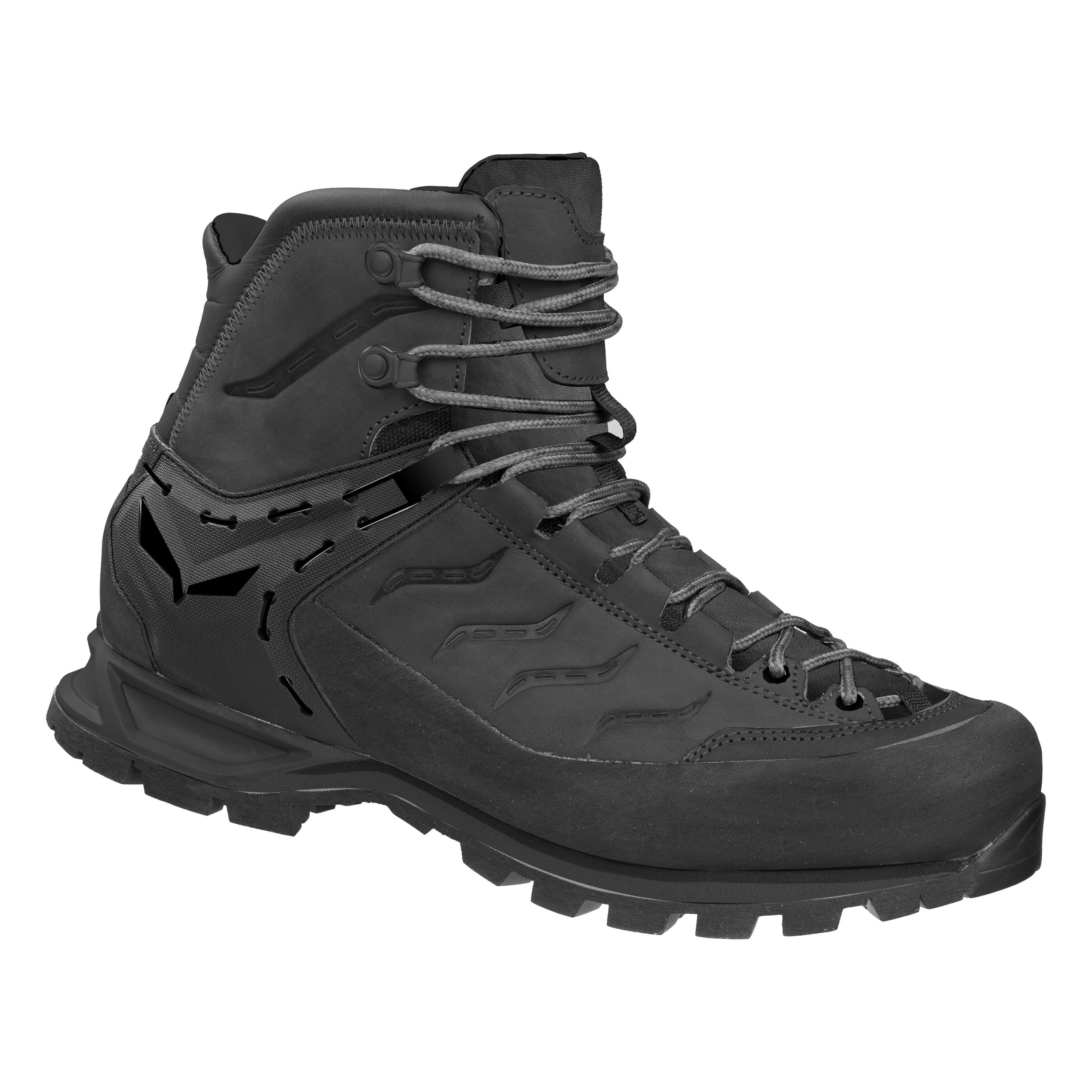DENVER, June 20, 2018 — After years of extensive research, development and end-user testing, Serket USA unveiled their military-specific Personal Snow Mobility (PSM) product line to select NATO members at the NATO Mountain Warfare Congress in Slovenia, June 13, 2018.

Designed in conjunction with Icelantic Skis, an award-winning Denver-based ski company, the Berry compliant skis are hand-made in Denver. Featuring a utility-inspired design custom built for the demands of military use, the line includes three ski models:
The Scout: A nimble, high-flotation ski that occupies the void between traditional long skis and snowshoes. The Scout has a much shorter learning curve than a traditional long ski and requires far less energy than snowshoeing.
• Shorter length and girthy platform for ease of mastery, exceptional maneuverability and excellent flotation.
• Sold with or without pre-mounted inserts for the Serket Patrol Binding.
• Early rise tip for backcountry gliding.
• Dull white Carbonium top sheets.
• Compatible with all binding/skin systems.
• Traditional or waxless bases.
• Available in 143cm and 156 cm
• 100% Made in the USA and Berry compliant.
The Intrepid 9.7 & Intrepid 10.1: With a utility-inspired waist, rockered tip/tail and perfectly balanced radius, this versatile, lightweight ski is well suited to do it all.
The Intrepid 9.7 features a 97mm waist and is available in 155 cm, 162 cm, and 169 cm lengths and is designed for those carrying more modest loads.
The Intrepid 10.1 features a 101 mm waist and is available in 171 cm, 178 cm, and 185 cm lengths and is designed for those carrying heavier loads and/or AT configurations.
• Designed for efficient skinning, climbing, trail breaking and aggressive skiing.
• Sold with or without pre-mounted inserts for the Serket Patrol Binding.
• Rockered tip and slightly rockered tail.
• Traditional sintered or Posi-Trac bases.
• Compatible with all binding/skin systems.
• Dull white Carbonium top sheet.
• Super lightweight
• 100% Made in the USA and Berry compliant.
“Serket chose Icelantic as our ski partner because of their reputation for exceptional quality, durability and design,” said Serket President, Trey Harris. “They also have a longstanding commitment to American manufacturing, with all skis being handmade at the renowned Never Summer factory in Denver.”
A watershed military soft boot ski binding system, the Serket Patrol Ski Binding (patent pending) is designed for highly efficient over-snow mobility. Engineered to interface with traditional cold and extreme cold weather boots and capable of accommodating sizes 6 narrow to 15 wide, the Patrol is a dual mode system that locks down for gliding and features a forward safety release that quickly converts to free-heel touring/climbing mode. The Patrol is lightweight, efficient, extremely durable and easy to use. The Patrol quickly mounts to a variety of Serket binding-ready skis with just a screwdriver or a clutch drill. The hearty modular design is engineered to stand the test of time.
• Designed for use with a variety of cold weather military boots including the ICW, Mukluk and VB
• Lightweight (1.16 lb.) and highly durable
• Highly adjustable quick entry/exit
• Adjustable toe wings and heel cup for kinetic efficiency
• Alloy riser bar with dual height settings for uphill efficiency and comfort
• Heel release system for safety
• High-tensile, stainless steel axles with compression inserts at pivot point
• Highly durable, cold weather proven DuPont™ Hytrel® strapping
• Adjustable toe pivots accommodate narrow to wide boots
• Easily sheds snow and ice
• Stainless steel mounting hardware/fasteners with thread-locker friction patches
• Phillips drive stainless steel hardware for interface with standard issue multi-tools
• Lightweight, rapid attachment, aggressive grip ski crampons are also available
• Available as a single line item, or included in comprehensive over-snow-mobility kit
• Made in the U.S.A. (Berry Compliant)
“The Serket Personal Snow Mobility system is the culmination of over five years of research, development and testing,” said Serket USA CEO, Randy Webb. “This system has a lot of benefits, but paramount among them is the quick learning curve for system mastery – even among soldiers with no prior ski experience – and that the binding works with all current and emerging boots, saving the taxpayer the cost of ski boots and the solider from having to carry them.”
Serket is also offering a custom, Berry-compliant Leki pole, which is available when purchased as part of the ski/binding package. The PSM product line rounds out with TAA-compliant Dynafit AT bindings, for those with steeper terrain requirements, and TAA-compliant Scott AT boots in multiple lasts. This comprehensive line allows customers to build and source a complete ski setup for maximum effect.
For additional information on the system, contact Megan at info@serketusa.com or (561) 508-6204 .
